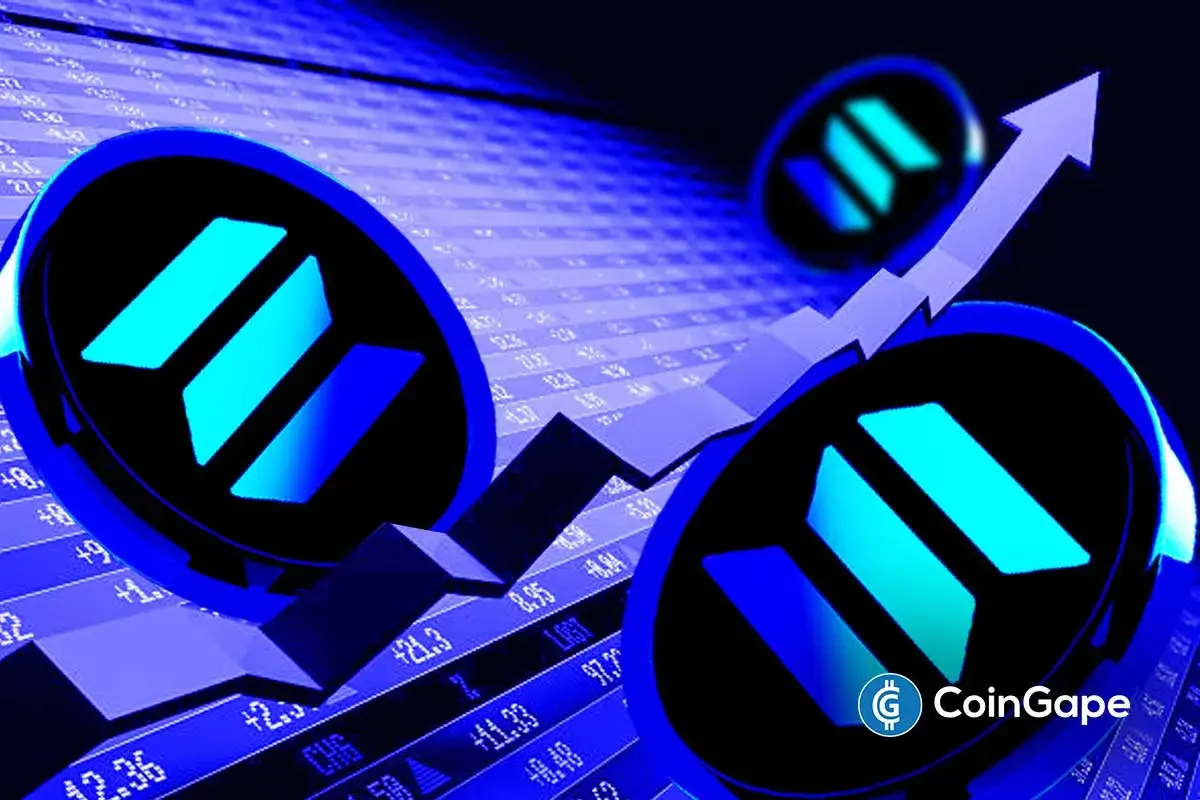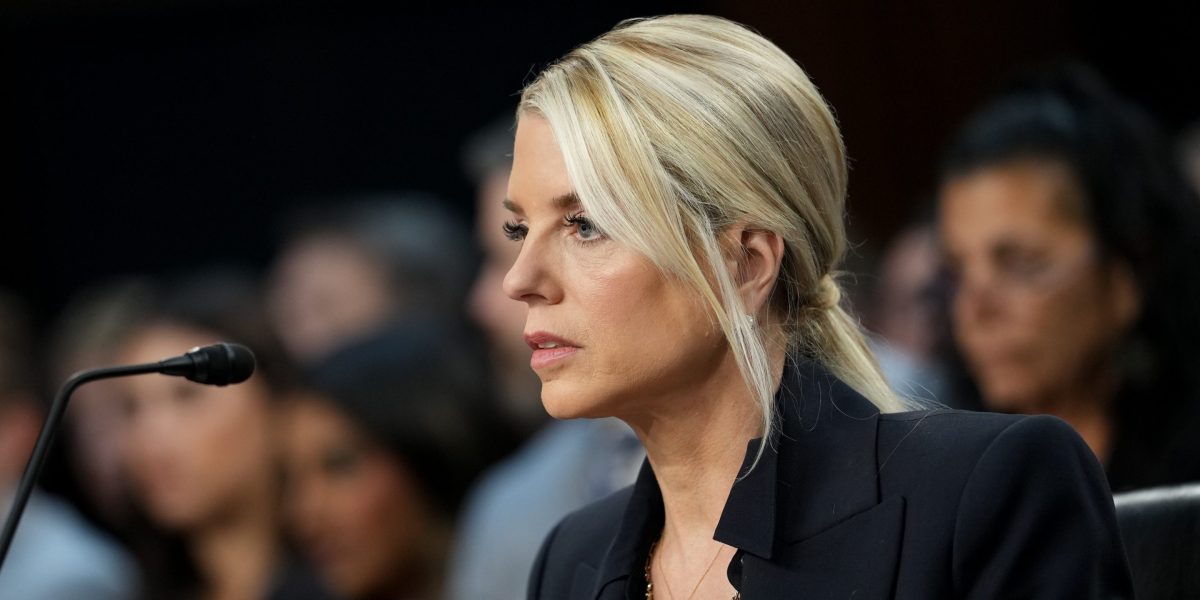Ten years ago, the most influential banker of the 21st century — Jamie Dimon — proclaimed to a crowd of globalists and financiers in Davos that bitcoin was “a terrible store of value” and that “it will not survive.”
A few years later, in 2017, at another moneyed investment conference, Dimon said, “Bitcoin is a fraud… worse than tulip bulbs.” He then added, “If you’re stupid enough to buy it, you’ll pay the price one day.”
A few years after that, he said he regretted his words.
In 2020, his bank JPMorgan launched their own cryptocurrency to move client funds around, calling it JPM Coin.
Yesterday, Jamie completed a full 180, saying crypto and stablecoins will be used at all major banks to facilitate better transactions.
He then added the bank would launch its own investment fund tokenization platform in 2026.
What could have possibly changed his thinking in recent days?
Maybe he finally sees the writing on the wall.
We’ve been talking about the “Coasean Singularity,” the moment when AI makes markets so efficient that the walls around traditional corporations start to crumble.
Remember, companies were initially formed because transactions are usually slow and expensive. It takes a lot of time and money to find trading partners, negotiate contracts, enforce deals and all the other moving parts needed to keep business running smoothly.
Companies reduce those costs since it’s cheaper to bring people and processes under one roof than it is to bargain over every transaction.
And AI agents will push those costs to near zero because they can search, negotiate and execute much faster than any human can.
But there’s still one big friction left: payment.
AI agents might soon handle your travel plans, a company’s advertising buys and even a government’s infrastructure contracts. But unless those agents can move money instantly and securely, the whole process will grind to a halt.
Right now, banks like JPMorgan facilitate all those transactions.
However, a recent development from Coinbase suggests that this problem might now have a solution…
The Missing Economic Layer
Earlier this year, Coinbase launched x402, a new internet payment standard designed to move money as quickly as data.
At first, it seemed like a typical technical update. It was just a few lines of code that developers could add to their apps.
But it means so much more…
Because it finally gives the internet its own built-in payment system.
x402 lets one piece of software pay another directly using USDC, a stablecoin backed one-to-one by U.S. dollars. Instead of routing through banks or card processors, these payments move across the internet just like any other web request.
The internet protocol HTTP handles the setup between the two programs, while the blockchain takes care of moving the money.
That means there are no credit-card fees and no waiting for funds to clear. What’s more, there are no financial intermediaries taking a cut.
And a payment made with x402 clears in seconds.
To put that into context, a credit-card payment can take up to two days to settle. A wire transfer can take three. Even a PayPal transaction still depends on the old, slower banking rails.
But x402 replaces all of that with new code that moves money instantly.
The idea behind x402 connects directly to Ronald Coase’s 1937 insight about why companies exist.
Companies are cheaper than chaos. They reduced the cost of constant bargaining by keeping everything under one roof.
But what happens when AI and automated payments make bargaining effortless?
I’m talking about a future where every service, product or skill can be priced, negotiated and paid for instantly.
In that world, the economy will flow across millions of intelligent agents — humans and machines — working together on demand. Which means the traditional advantages of scale will go away.
That’s why economists at MIT and Harvard recently warned we could be heading toward a Coasean Singularity that would eliminate corporations as we know them today.
x402 is the missing payment layer that could make this future possible.
Meaning, it could become the economic foundation for an agent-driven internet.
After all, according to Circle, the issuer of USDC, more than $254 billion blockchain-based transactions were processed last quarter. Stablecoin payments now reach over 130 countries, from Singapore to Nigeria to Brazil.
And Coinbase alone handled roughly $240 billion in total trading volume during the same period.
That’s more than the GDP of Finland.
These numbers prove that the rails for instant digital settlement are already in place, and growing fast. But we’re going to need an even more robust infrastructure before AI agents can trade and settle payments on their own.
Fortunately, Coinbase isn’t alone in building this new foundation.
Worldcoin, the project co-founded by OpenAI’s Sam Altman, is tackling the identity piece. It has verified over 12 million users across 160 jurisdictions, linking each to a digital World ID that proves they’re unique without exposing their personal data.
That identity layer is crucial. In a marketplace where AI agents trade and sign contracts, you still need proof that the buyer and seller are real.
Meanwhile, Particle Network, based in Hong Kong, is building smart wallets that let apps store small amounts of money for quick, low-cost payments. These wallets could support the kind of tiny, frequent transactions that AI agents might make when buying data, computing power or digital goods.
Hyperlane, a U.S.-based project, is attempting to solve the interoperability problem so different blockchains can talk to each other. It helps apps move tokens or messages from one network to another without having to trust a single bridge operator. This kind of connectivity will be important when AI agents trade services or data across multiple blockchains.
Together, these companies are building what many developers now call the economic layer of the internet.
Once it’s up and running, AI agents won’t just be able to talk to each other.
They’ll do business together.
Here’s My Take
Every major tech shift has followed a similar pattern. As information moves faster, the money follows.
The telegraph made news global and opened up a world of investment opportunities. Radio, and then television, ignited a new wave of prosperity for investors. And the internet made communication instant, creating fortunes for those who saw what was coming.
Now standards like x402 are doing the same for AI and digital payments, potentially putting Jamie Dimon’s empire in jeopardy.
If you have Coinbase building the payment rails, Circle handling settlement and projects like Worldcoin and Particle Network solving for identity and wallets — do you really need a bank to validate transactions and keep track of who owns what?
All of these companies are helping to build a new layer of fintech infrastructure. And they’re all working toward an economy that runs continuously, without the need for corporate scaffolding.
That’s why I believe most digital payments won’t touch a bank or a card network within a decade.
Instead, they’ll move through open standards like x402, paid in digital dollars and settled by code.
That’s the final step in the Coasean Singularity, when the internet itself becomes the marketplace.
And it leaves bankers like Jamie Dimon facing an existential threat.
Regards,
 Ian KingChief Strategist, Banyan Hill Publishing
Ian KingChief Strategist, Banyan Hill Publishing
Editor’s Note: We’d love to hear from you!
If you want to share your thoughts or suggestions about the Daily Disruptor, or if there are any specific topics you’d like us to cover, just send an email to [email protected].
Don’t worry, we won’t reveal your full name in the event we publish a response. So feel free to comment away!



























